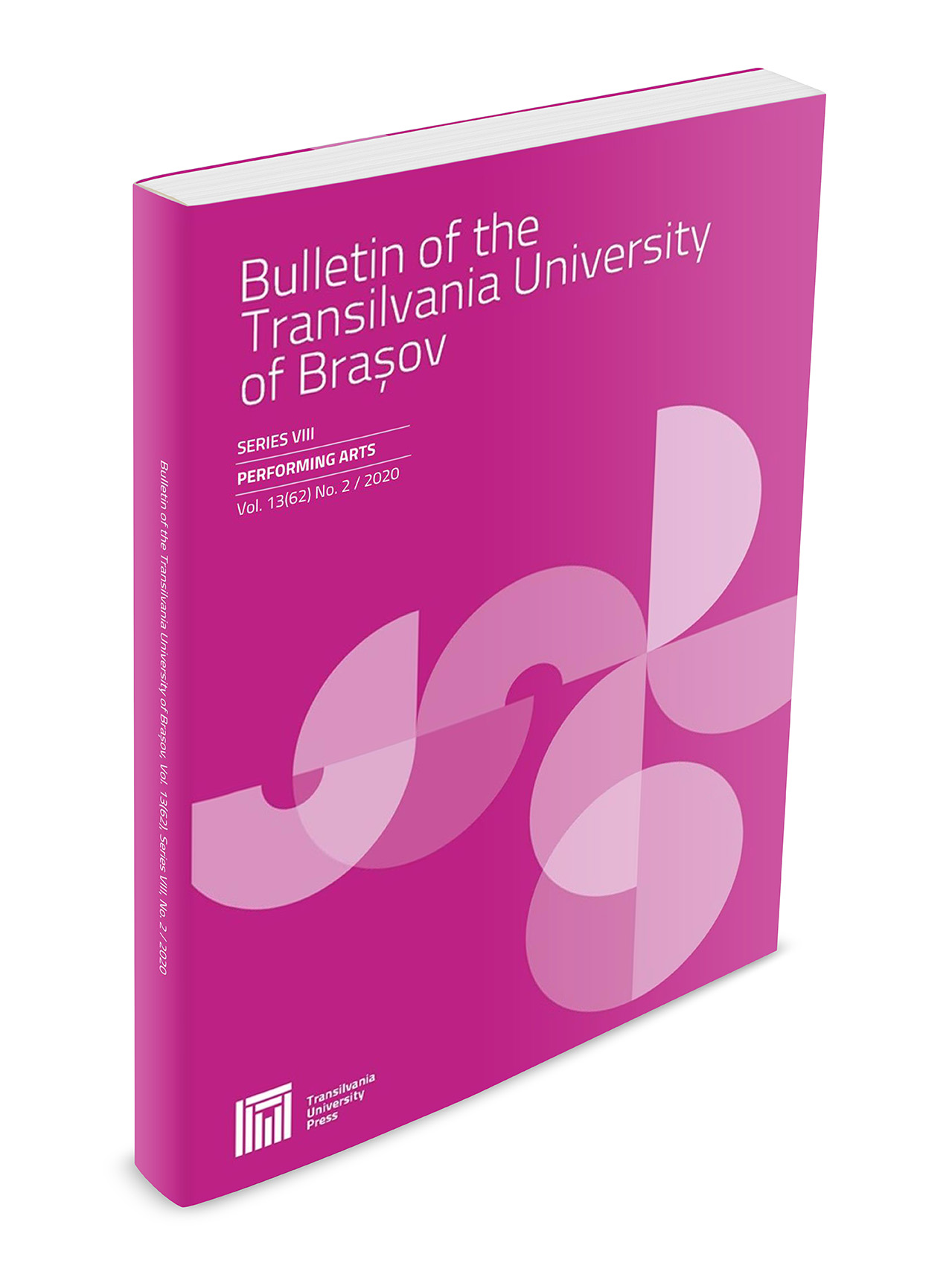“I Am the True Vine” by Arvo Part. The stylistic and interpretative analysis. Conductor’s perspective
DOI:
https://doi.org/10.31926/but.pa.2024.17.66.1.8Keywords:
Arvo Part, I Am the true vine, tintinnabuli, choral, religionAbstract
In Arvo Pärt's creation the piece “I Am the true vine” occupies a special place, being one of the few works after 1976 that belongs only peripherally to the tintinnabuli style. The use of a minimum number of elements is reflected both in melody and harmony and in rhythm, agogics, and dynamics. In keeping with the tintinnabuli style, the melodic material is eminently diatonic and the gait of the voices is mostly gradual. Pärt uses a medieval composition technique known as hocket for voice leading, where the text is divided between the upper voices, moving alternately from one voice to another. Some of the stylistic and interpretative aspects are the homogeneity and clarity of pronunciation, the degree of opening or closing of the vowels, and the intonational accuracy - - an essential aspect in tintinnabuli a cappella music.Downloads
Published
Issue
Section
License
Copyright (c) 2024 Bulletin of the Transilvania University of Braşov. Series VIII: Performing Arts

This work is licensed under a Creative Commons Attribution 4.0 International License.




